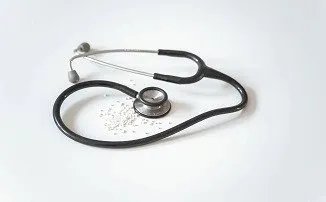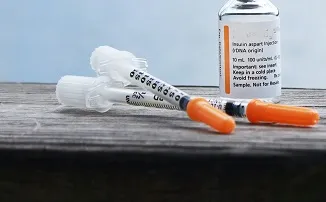
1) What is the date of application of the new Medical Devices Regulation?
The new Medical Devices Regulation (EU Regulation 2017/745) has been in force since 2017. Its application was due to start in May 2020, however, due to the Covid-19 pandemic, it was postponed until May 2021. This means that all Class I medical devices will have to comply with the new regulation in May 2021. In addition, the repeal of the old directives regulating medical devices in Europe has of course also been postponed to 2021.
2) What are the changes in the classification of medical devices
The new Medical Devices (MD) Regulation makes some changes in terms of classifications. It increases the number of classification rules from 18 to 22. A device that was Class I under the previous guidelines could now be classified as Class IIa under the new regulations. It is therefore necessary to be cautious and to anticipate as well as possible the application deadlines and their impact on your compliance.
3) What are the other impacts of the new Medical Devices Regulation on businesses?
The new European regulation on DMs has indeed other impacts for companies. Its scope, for example, is broader than that of the directives. Non-medical devices for aesthetic purposes are now subject to the same regulations as "usual" MDs.
In addition, the new regulation provides for better monitoring. Both, before marketing, through better assessment of the devices and harmonisation of the standards of the notified bodies of each Member State, but also through better surveillance of the market itself. Indeed, a European database on medical devices (MD) named EUDAMED has been created with the aim of registering MDs and economic operators, but also to centralise clinical investigations, vigilance, market surveillance, etc.
4) What are the implications of the DM regulation on borderline products?
Companies must continue to be vigilant with regard to borderline products. These products are those that can potentially meet several regulations depending on their composition, mode of action, or claims. The new regulation does not change this, but as surveillance and controls are increased, more attention will have to be paid when such products are placed on the market (e.g. oral products, anti-lice shampoos, sunscreens, etc).
5) Will we have to re-certify our products?
Yes, all new medical devices will have to be certified according to the new regulation as of its entry into force in May 2021. MDs that have been placed on the market before that date will also ultimately have to be certified under the new regulation by 2024.
1) What is the date of application of the new Medical Devices Regulation?
The new Medical Devices Regulation (EU Regulation 2017/745) has been in force since 2017. Its application was due to start in May 2020, however, due to the Covid-19 pandemic, it was postponed until May 2021. This means that all Class I medical devices will have to comply with the new regulation in May 2021. In addition, the repeal of the old directives regulating medical devices in Europe has of course also been postponed to 2021.
2) What are the changes in the classification of medical devices
The new Medical Devices (MD) Regulation makes some changes in terms of classifications. It increases the number of classification rules from 18 to 22. A device that was Class I under the previous guidelines could now be classified as Class IIa under the new regulations. It is therefore necessary to be cautious and to anticipate as well as possible the application deadlines and their impact on your compliance.
3) What are the other impacts of the new Medical Devices Regulation on businesses?
The new European regulation on DMs has indeed other impacts for companies. Its scope, for example, is broader than that of the directives. Non-medical devices for aesthetic purposes are now subject to the same regulations as "usual" MDs.
In addition, the new regulation provides for better monitoring. Both, before marketing, through better assessment of the devices and harmonisation of the standards of the notified bodies of each Member State, but also through better surveillance of the market itself. Indeed, a European database on medical devices (MD) named EUDAMED has been created with the aim of registering MDs and economic operators, but also to centralise clinical investigations, vigilance, market surveillance, etc.
4) What are the implications of the DM regulation on borderline products?
Companies must continue to be vigilant with regard to borderline products. These products are those that can potentially meet several regulations depending on their composition, mode of action, or claims. The new regulation does not change this, but as surveillance and controls are increased, more attention will have to be paid when such products are placed on the market (e.g. oral products, anti-lice shampoos, sunscreens, etc).
5) Will we have to re-certify our products?
Yes, all new medical devices will have to be certified according to the new regulation as of its entry into force in May 2021. MDs that have been placed on the market before that date will also ultimately have to be certified under the new regulation by 2024.







